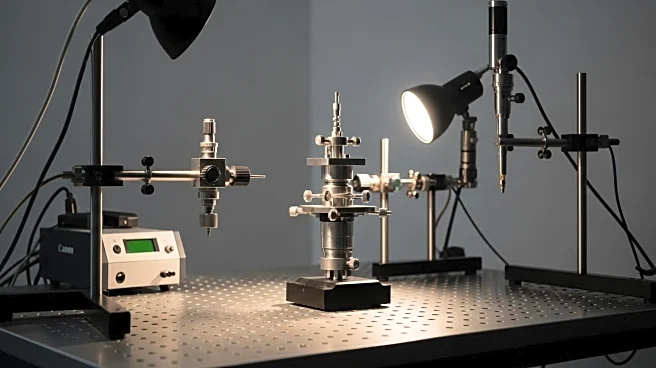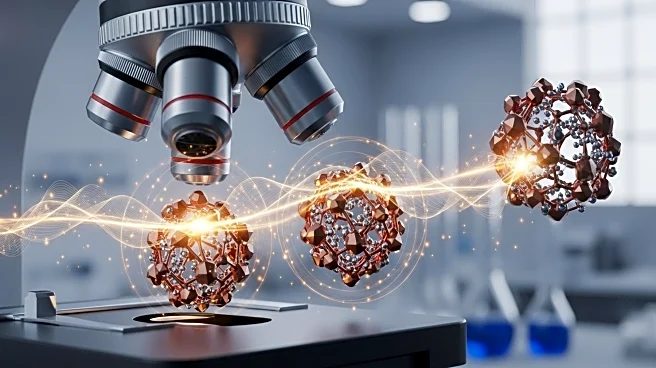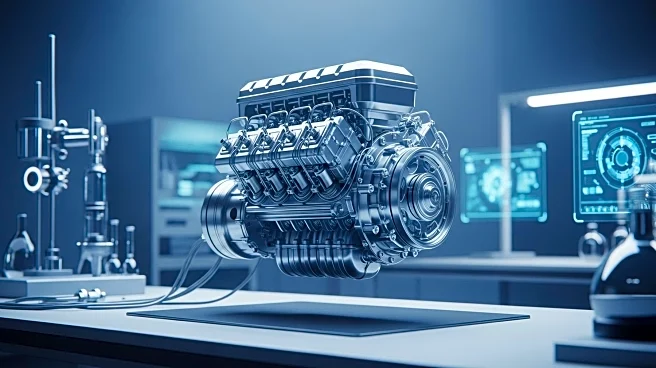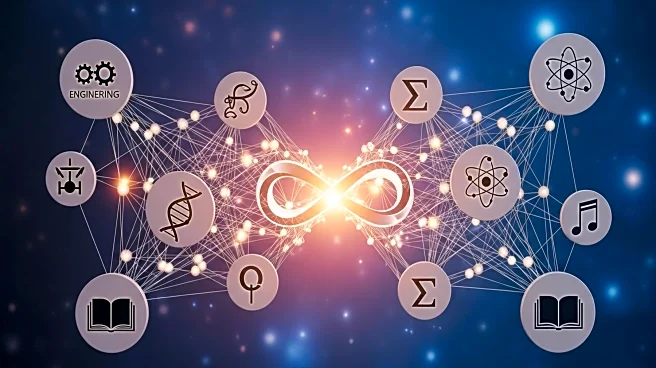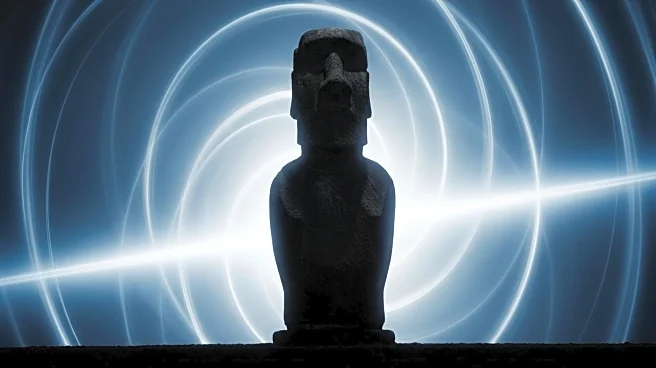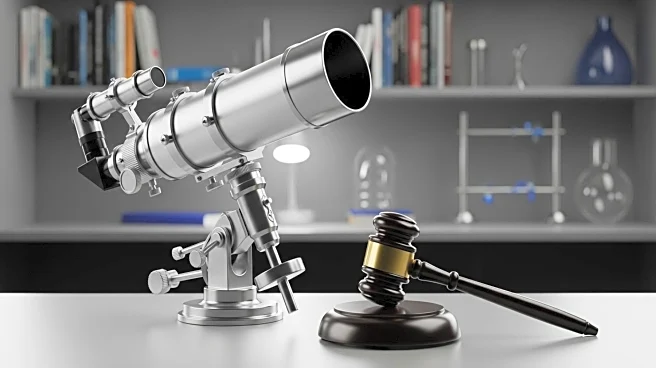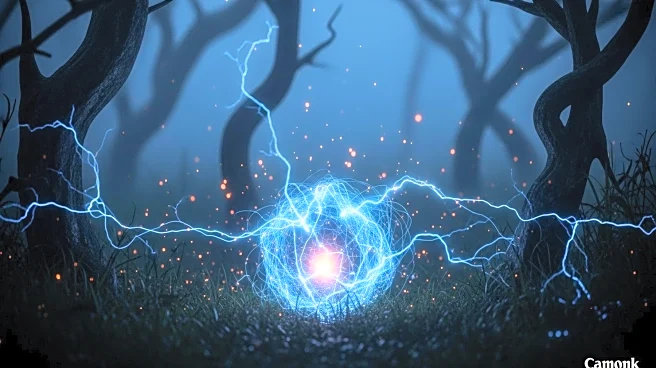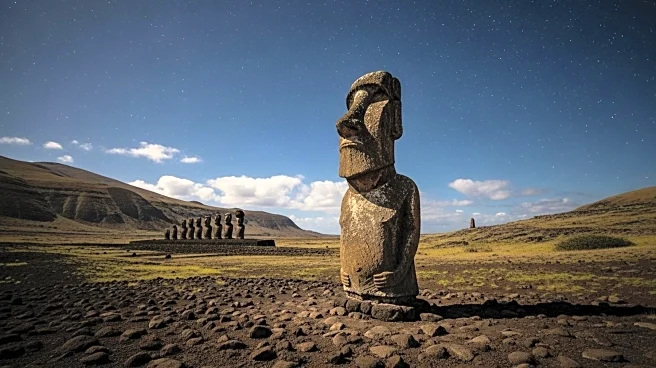What is the story about?
What's Happening?
Lauren K. Williams, a mathematician, is making significant strides in algebraic combinatorics by uncovering unexpected connections with other areas of mathematics and physics. Her work has contributed to fields such as cluster algebras, representation theory, and algebraic geometry. Williams has focused on the positive Grassmannian, a geometric space with positive coordinates, and has developed formulas to understand its cellular structure. Her research has also found applications in physics, particularly in understanding soliton wave interactions and calculating scattering amplitudes in particle physics. Williams has collaborated with other mathematicians and physicists to apply combinatorial properties of positive Grassmannians to calculate probabilities of outcomes from particle collisions, using the amplituhedron, a geometric shape representing collision outcomes.
Why It's Important?
Williams' research is pivotal in expanding the boundaries of mathematical theory and fostering interdisciplinary collaboration. Her work on the positive Grassmannian and its applications in physics could lead to advancements in quantum field theory and particle physics, potentially impacting how scientists understand fundamental particles and their interactions. By bridging mathematics with physics, Williams is contributing to the development of new mathematical tools that can solve complex scientific problems. This cross-disciplinary approach not only enriches the field of mathematics but also provides physicists with novel methods to tackle longstanding challenges, thereby advancing scientific knowledge and innovation.
What's Next?
Williams' ongoing research and collaborations are likely to continue influencing both mathematics and physics. Her work on the amplituhedron and positive Grassmannian may lead to further discoveries in particle physics, offering new insights into the behavior of fundamental particles. As her research progresses, it may inspire additional interdisciplinary projects, encouraging mathematicians and physicists to explore new areas of study. The potential applications of her findings could extend beyond academia, impacting industries reliant on advanced mathematical modeling and physics, such as technology and engineering.
Beyond the Headlines
Williams' work exemplifies the importance of curiosity-driven research and the benefits of interdisciplinary collaboration. Her ability to connect disparate fields highlights the evolving nature of scientific inquiry, where boundaries between disciplines are increasingly blurred. This approach not only fosters innovation but also encourages a broader understanding of complex systems, which can lead to breakthroughs in various scientific domains. As more researchers adopt similar methodologies, the landscape of scientific research may shift towards more integrated and collaborative efforts.
AI Generated Content
Do you find this article useful?


